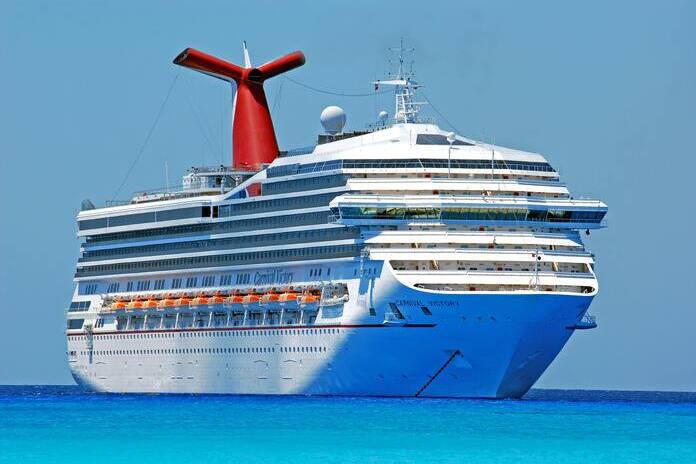Carnival Corporation (NYSE:CCL)
Despite surpassing Q1 forecasts, shares of Carnival Corporation (NYSE:CCL) were volatile in trade on Monday.
Over the first three months of the fiscal year, the Miami-based cruise operator lost $0.55 per share on sales of $4.43 billion. Financial experts had predicted a loss of $0.60 per share on sales of $4.3B. The company’s first-quarter adjusted EBITDA of $382 million was much above previous projections and the $304.4 million expected by analysts.
First-quarter 2023 occupancy was at 91% of pre-pandemic levels, and a record $5.7B was deposited by customers. The extraordinary results were attributed to “high demand, bundled package options, and pre-cruise purchases,” the business said.
We’ve had a record-breaking quarter in North America and Europe, and this wave season has been spectacular. The company’s CEO, Josh Weinstein, said March continued the company’s outstanding performance from February. “We anticipate this positive trend to continue based on the effectiveness of our efforts to generate demand.” We think we are well positioned to pay down near-term debt maturities from surplus liquidity and hence have no plan to sell shares (save in conjunction with our favorable and non-dilutive stock exchange program), with adjusted free cash flow for the year likely to be positive, our revolver renewal completed, further committed export credit financings in place, a lower expenditure profile moving ahead, and over $8B in liquidity.
After peaking at about 98% in the spring of Q2, occupancy will fall to more typical levels by the summer.
Cash flow from operations went positive in the first quarter of 2023, and management anticipates this trend to continue through 2023. This factor is anticipated to be essential in lowering debt levels throughout the year.
“We think our debt level has peaked this quarter and will fall over time based on our substantial liquidity position of $8.1B,” CFO David Bernstein stated.
The business anticipates an adjusted EBITDA of $3.9 billion to $4.1 billion for the entire year, with year-over-year growth from the second quarter’s projected range of $600 million to $700 million. These estimates are lower than the widely held expectations of $419.1M and $759.7M. A loss per share estimate of $0.42 to $0.34 was worse than the consensus estimate of $0.27 for the second quarter. The company’s full-year loss per share estimate of $0.44 to $0.28 was much lower than market expectations of $0.07.
Monday’s market open saw a 4.4% increase in Carnival stock on the back of optimism after the company’s Q1 earnings beat. This increase, however, was swiftly eaten away as investors’ focus shifted from the quarterly performance to the below-consensus estimates of earnings per share and earnings before interest and taxes (EBITDA). In early Monday trading, the share price ranged from a high of $9.72 to a low of $8.94. At 11:20 a.m. EST, trading volume surpassed the daily average of roughly 39M.
Featured Image: Pexels @ Pixabay









